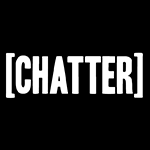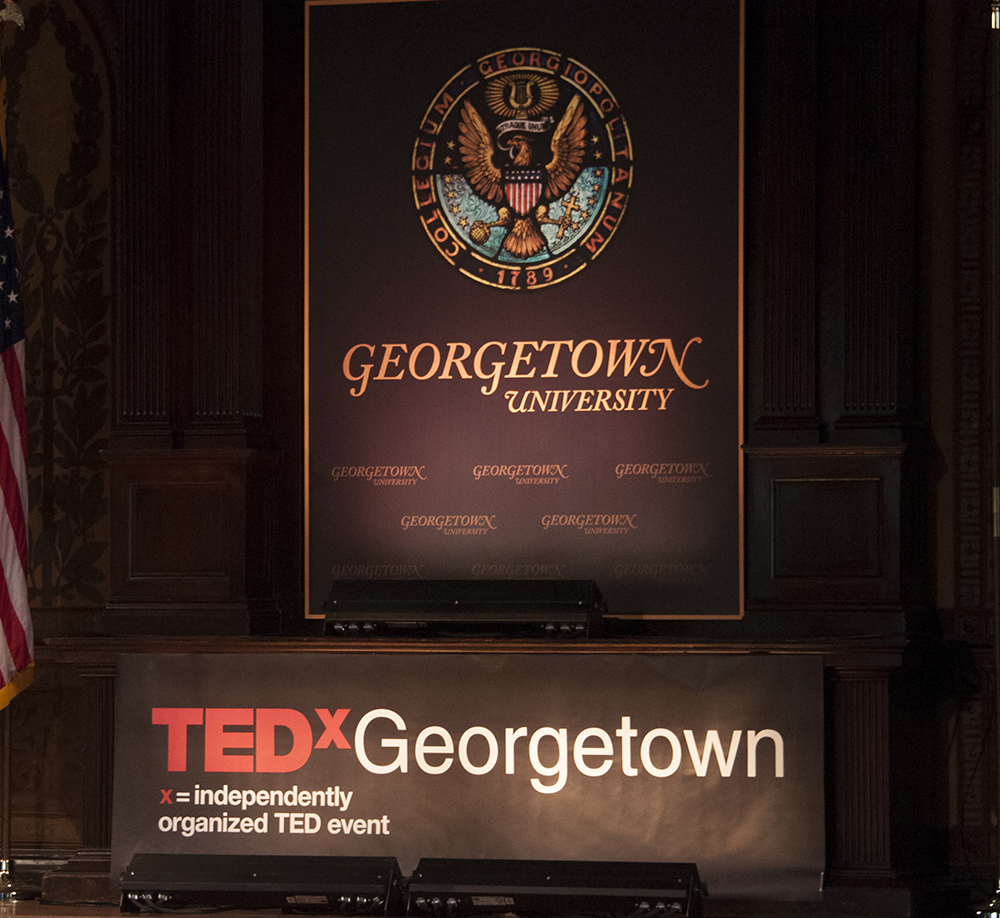
 India, the emerging pharmaceutical powerhouse of the developing world, has recently become a battleground between generic and private pharmaceutical companies as they pit public health interests against intellectual property rights. As demand for new drugs and technology accompany the skyrocketing rates of chronic disease, pharmaceutical industries are now looking to expand their empires to the emerging markets of developing nations.
India, the emerging pharmaceutical powerhouse of the developing world, has recently become a battleground between generic and private pharmaceutical companies as they pit public health interests against intellectual property rights. As demand for new drugs and technology accompany the skyrocketing rates of chronic disease, pharmaceutical industries are now looking to expand their empires to the emerging markets of developing nations.
A patent is awarded for an invention, including products and processes, which satisfies the criteria of global novelty, non-obviousness and industrial or commercial application. India has led the charge in recent years to use their legal system to overturn key pharmaceutical patents to allow generic drug companies to produce their own affordable drugs.
The question remains, by allowing India to do as it pleases: are we traversing down a slippery slope, in which we can decide when to grant full protections to pharmaceutical patent holders?
In 1995, India joined the World Trade Organization and was compelled to revise its patent laws to comply with the Trade-Related Aspects of Intellectual Property Rights Agreement, the “WTO’s minimum standards for intellectual property protection,” over the next 10 years.
Although India had adopted the TRIPS Agreement, it has also demonstrated preferential interpretation and implementation to support its own domestic interests. India’s domestic law includes provisions that ban ‘evergreening,’ the process by which a patent for a preexisting drug may be extended with minor reformulations, and criteria that permit ‘compulsory licensing,’ which grants a country the right to “force a firm to license a patented drug to a generic company” under extenuating circumstances.
The controversy begins with the Novartis case, involving the Swiss pharmaceutical company’s patented drug, Glivec (imatinib mesylate), which is used to treat Chronic Myeloid Leukemia and Gastrointestinal Stromal Tumors. Glivec had been patented in over 35 countries and was almost 10 times more effective than conventional interferon therapies; however, this drug is a lifelong commitment that only stalls cancer progression.
In India, the cost of Glivec is roughly $5,000 USD per month, compared to the generic copy’s roughly $200 USD per month. This substantial difference in cost led India to reject Novartis’ patent application for Glivec in 2006 to safeguard public health interests.
Debate sparked and the decision had been appealed and eventually brought to the Supreme Court of India, which ultimately rejected Novartis’ appeal to reverse the denied patent application under Section 3(d) of the Indian Patents Act. This decision, though accompanied by major economic threats, presents with major concerns for innovation in drug discovery. Novartis stated that it would continue to seek patents in India, but would be cautious in future investments when introducing innovative medicines.
The costs of drug discovery, production, research and design total to billions of dollars and at least 10 years of work. Currently, fewer than one in every 10 compounds that go to clinical trials actually succeed and get through to the pharmaceutical market, and even then, there is no guarantee that the pharmaceutical company in charge of the compound’s development will break even, let alone make profit.
The high costs of drug discovery do not go simply toward the successful drug that hits the market, but also towards replacing expenditures from failed investigations.
Simply put, drug discovery is not an easy process The world is full of millions of compounds ready to test for thousands of diseases and conditions. To be able to narrow that list down to the one that finally makes it through clinical trials and regulator approval for demonstrating efficacy and patient safety is an astounding feat.
At the end of the day, these pharmaceutical giants spend a lot of money, and like any business should, it needs to be self-sustainable and make at least enough money to support its standing in the competitive international marketplace.
When pharmaceutical patents are not upheld, then the time, money and energy spent on these projects instantly go to waste as another generic company can snatch profits for only a fraction of the cost. What incentive does that leave for this difficult and competitive industry? Do pharmaceutical companies have to stand idly by as their intellectual property rights are stripped from them? How will this affect future endeavors to discover new drug compounds?
Without innovation, we are left with nothing.














